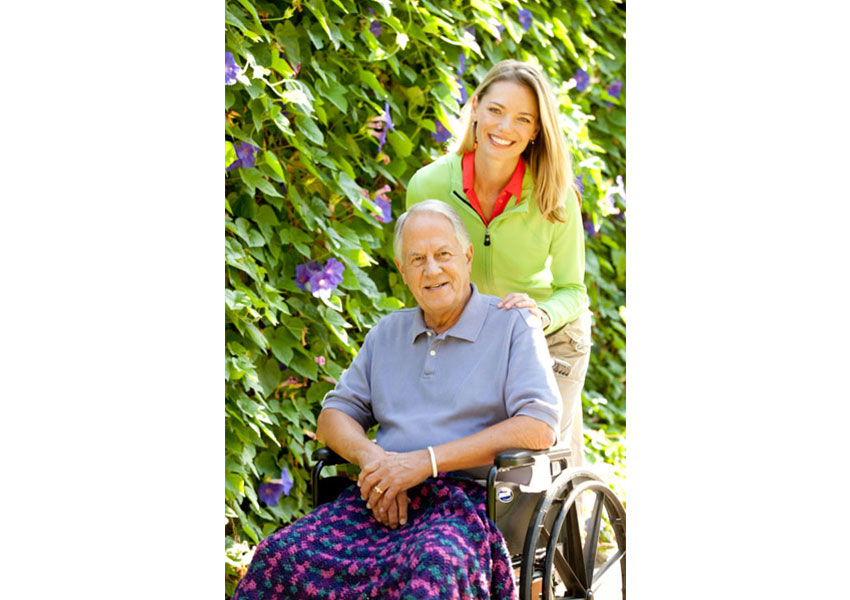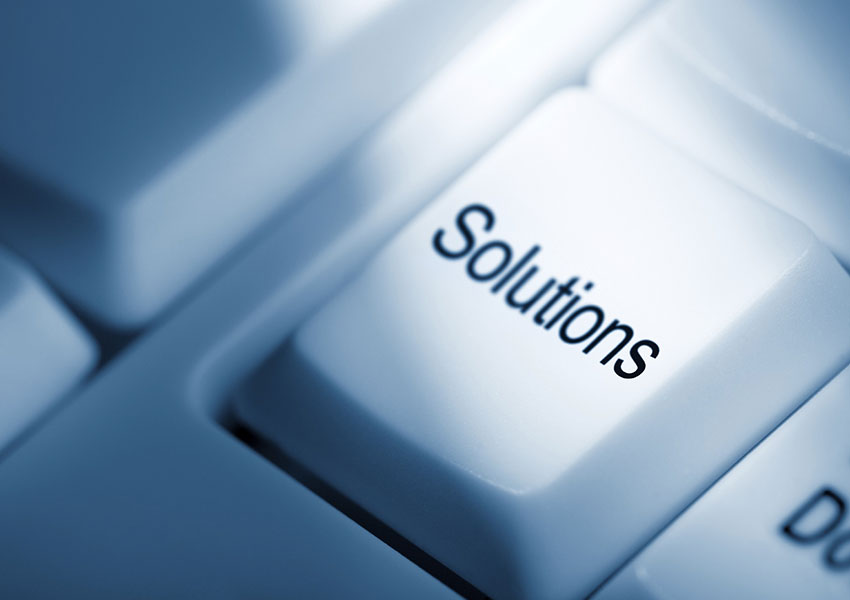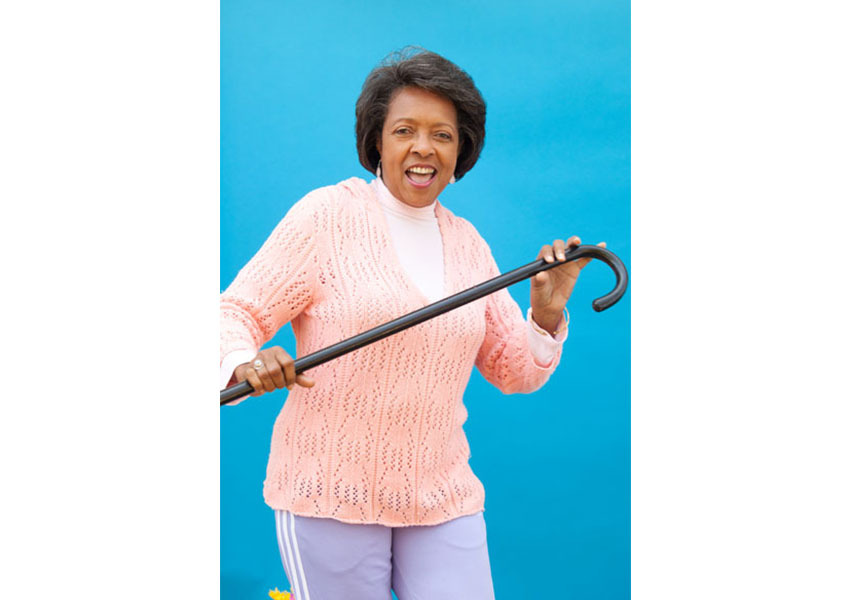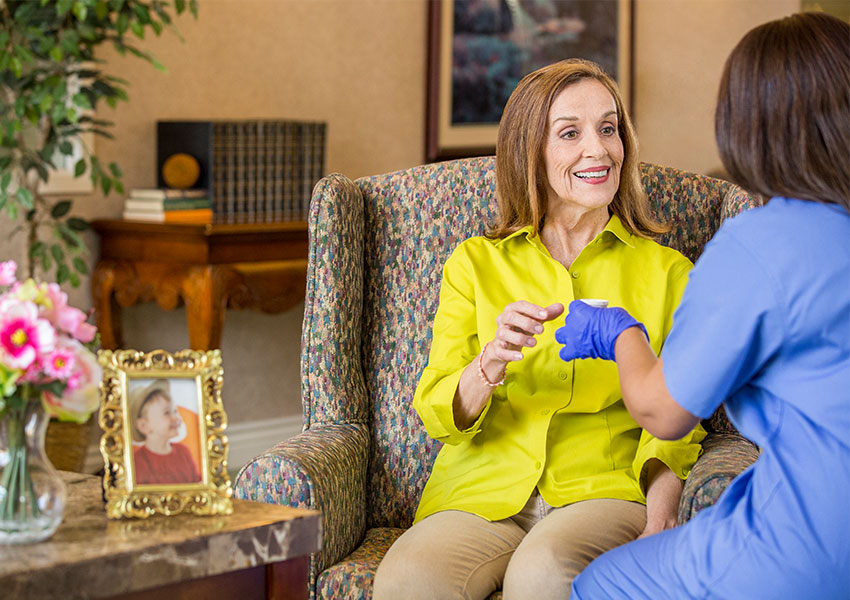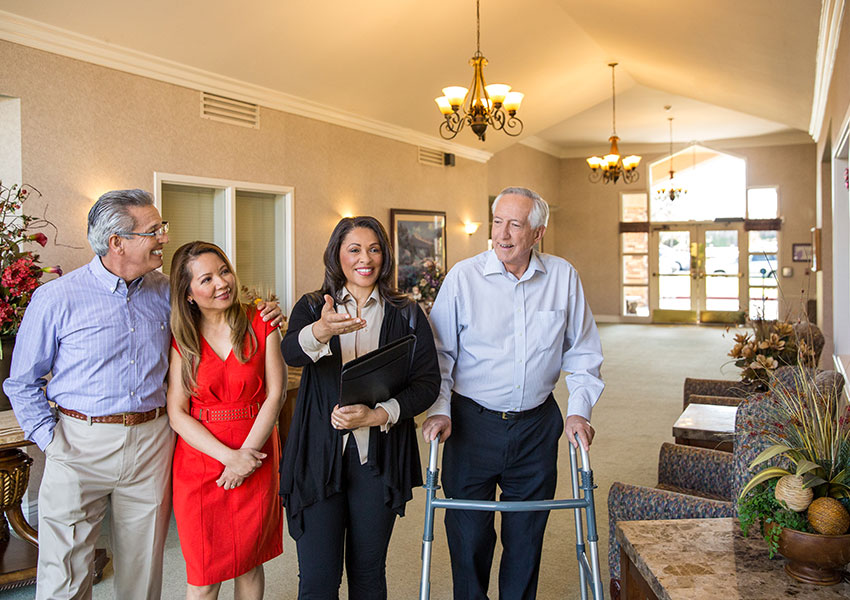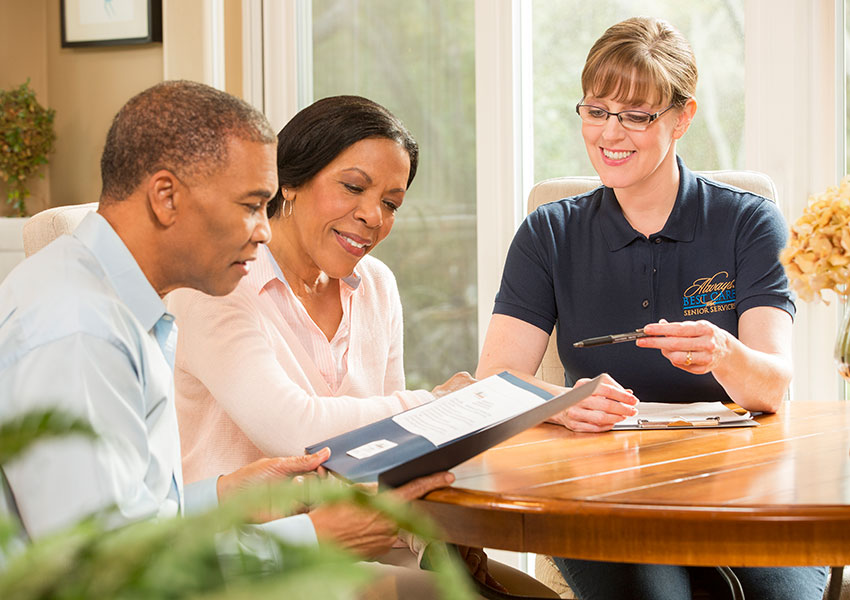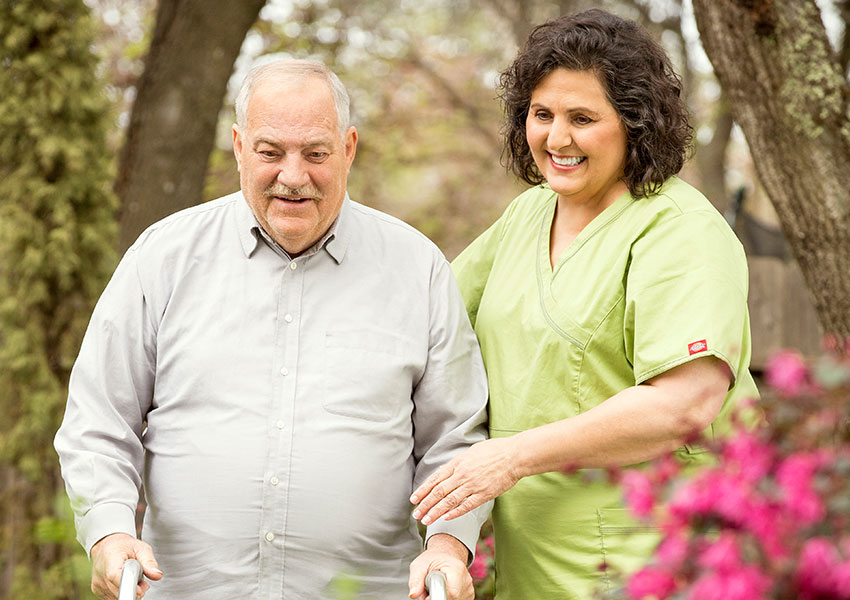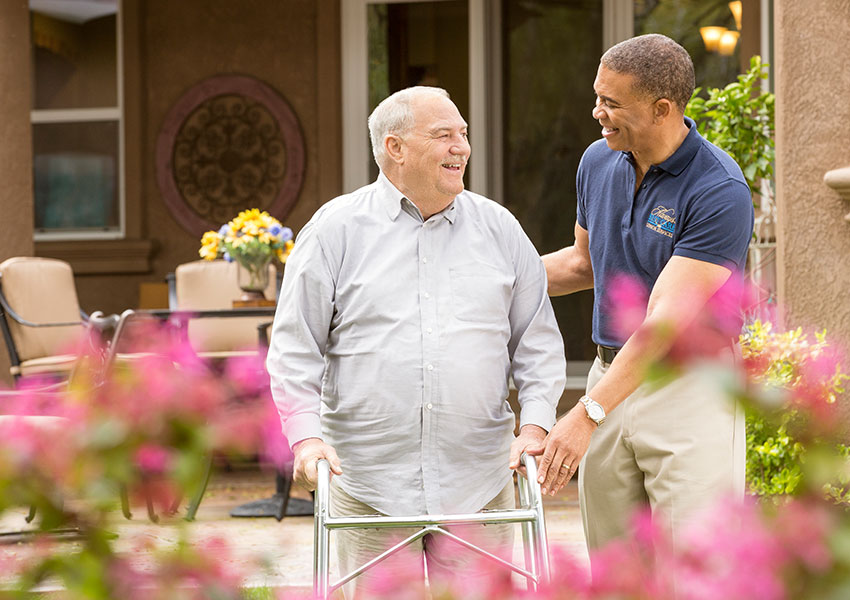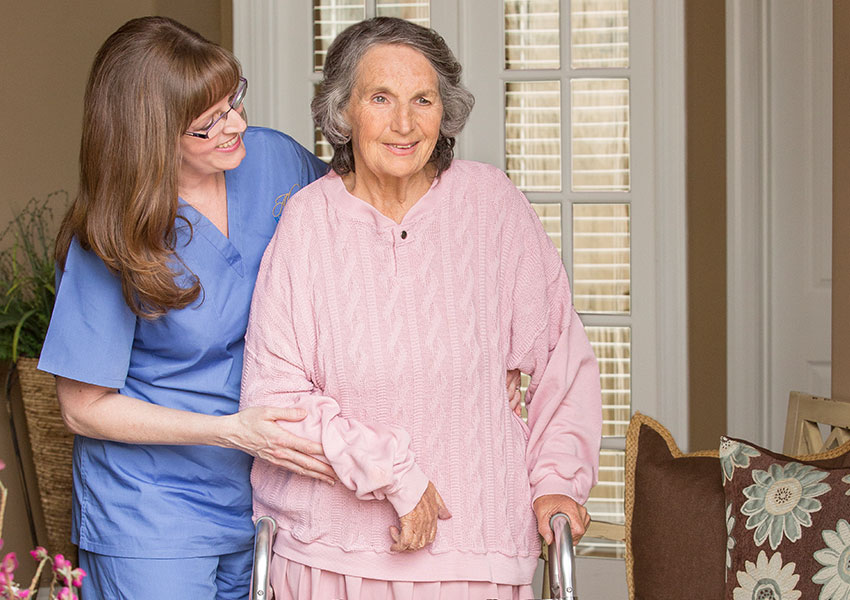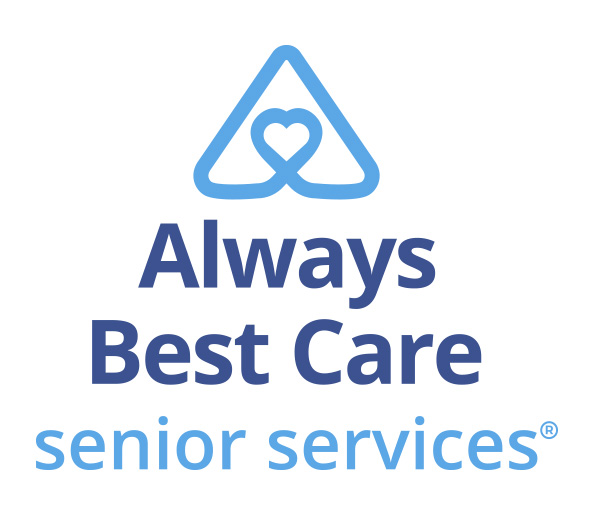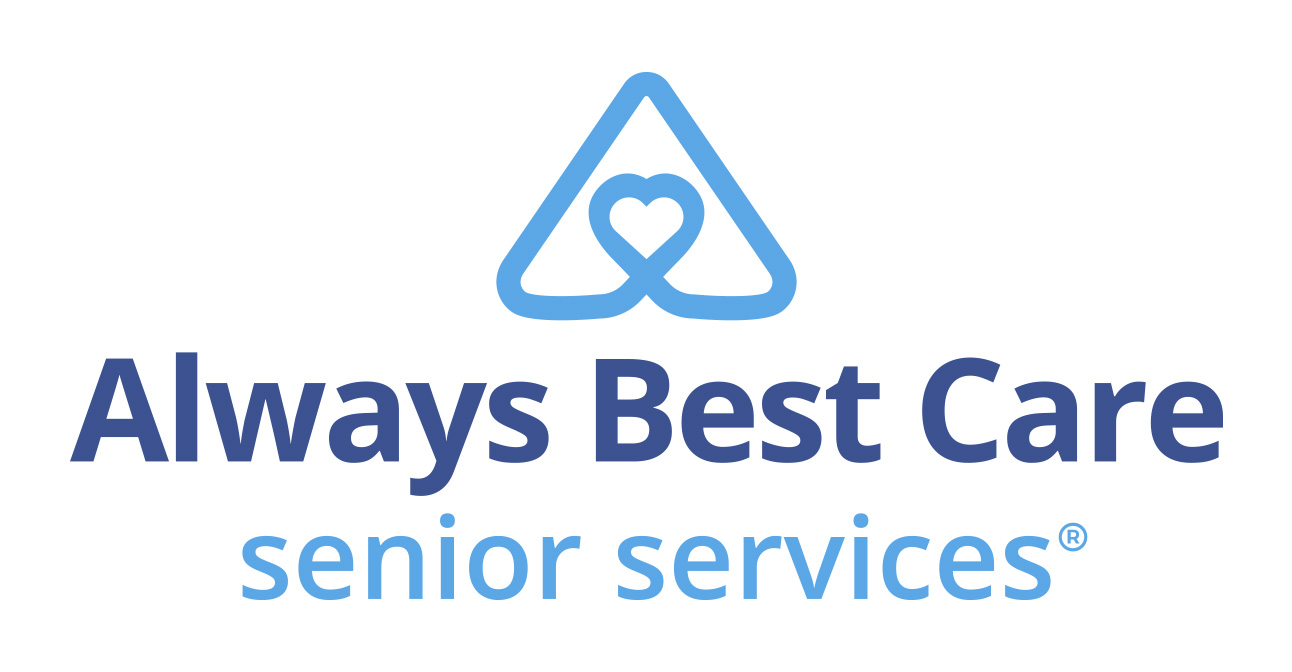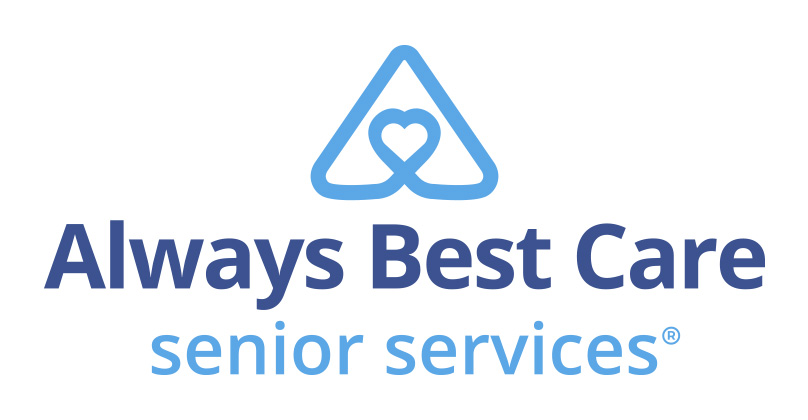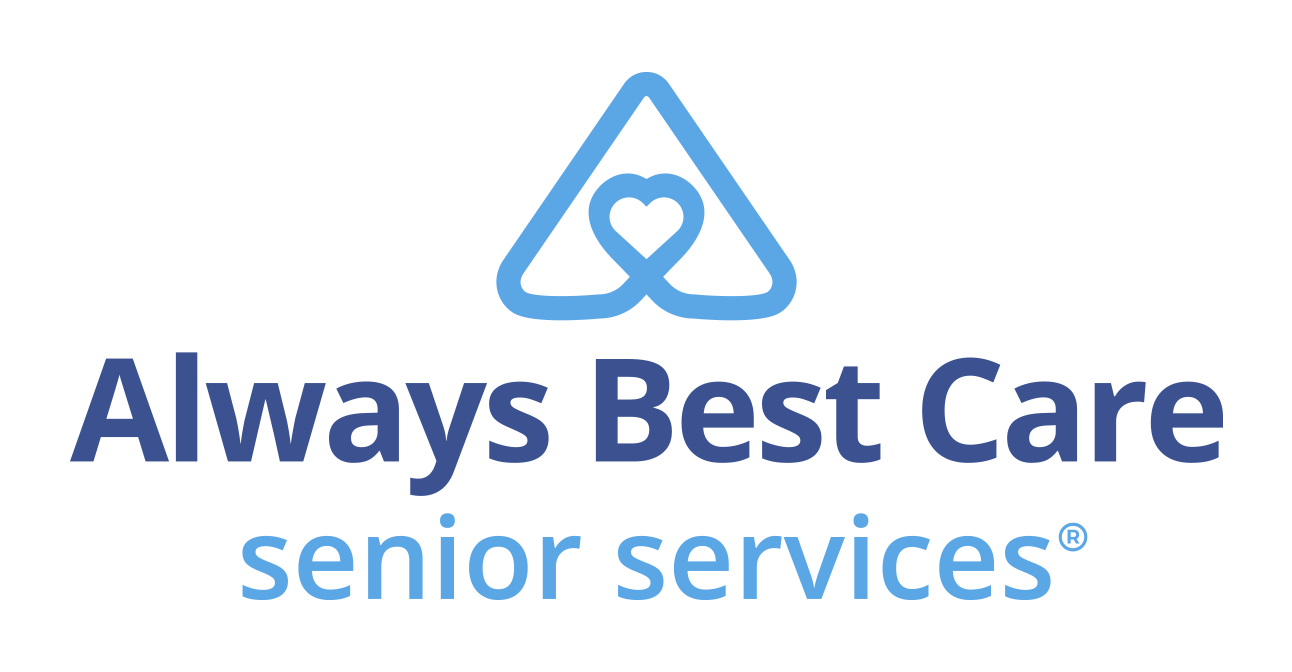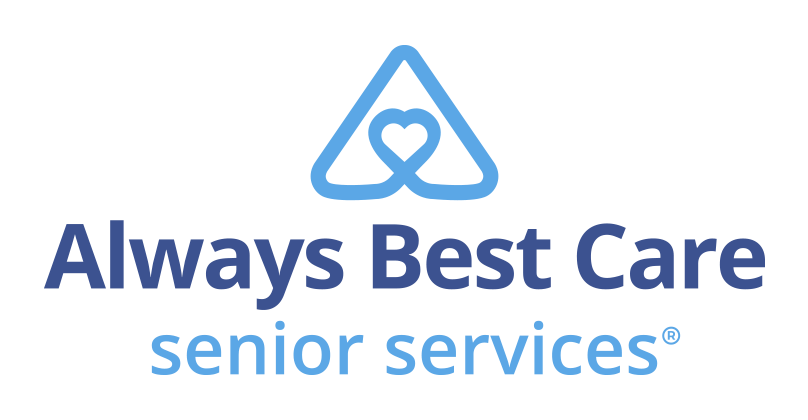When Michael, 61, received a Fitbit for his birthday, he wasn’t sure what to make of the fitness wristband that measures your steps, how many calories you burn and how many times you wake up during the night. Although he didn’t think “you could teach an old dog new tricks,” after several months of using it, he loves it. One of the unexpected rewards was finding out that, during his officiating of a high school football team, he took 15,000 steps, equal to walking almost 5 miles—more than any of his other daily exercises.
Michael’s Fitbit is just one of numerous electronic gadgets that people, especially the younger generation, are using to track their daily fitness levels. But for older adults, these gadgets can measure more serious health issues, such as heart rate, blood pressure and blood sugar levels.
This “self-monitoring health technology” works by giving you instant feedback, so you know exactly how many steps you took or even how many calories you’ve consumed and burned. Generally, this translates into shedding pounds. Besides, once you know how many steps you took, you can brag to about it all your friends. You may also track your heart rate so you can find out how much the 30 minutes on the treadmill raised your blood pressure.
There are hundreds of fitness and health devices on the market now, and they’re not cheap. Many of the devices that mainly focus on fitness, such as Fitbit, range from $100 to $300, and Apple Watch is considerably more. Here’s a sampling:
Blood pressure monitors track blood pressure and upload the data to an online chart. For example, the Health BP7 Wireless Blood Pressure Wrist Monitor (for iPhone and Android) measures and tracks your systolic/diastolic blood pressure numbers, heart rate and pulse wave (a cardiovascular health indicator), and creates a chart, via the phone app, to track your progress. You can share the results with friends, family or your doctor.
Pulse oximeters measure your blood oxygen level and commonly display your pulse. For example, the Instant Heart Rate app uses your iPhone’s camera to detect your pulse from your fingertip.
Apple offers a Health app on its phones, which collects data on heart rate, calories burned, blood sugar and cholesterol levels. HealthKit puts the data together to provide an overview of your health.
Many self-monitoring devices focus on tracking fitness levels. Fitbit, one of the more popular, tracks steps taken (and miles walked), flights of stairs climbed and calories burned and consumed. Fitbit also collects information about sleep, including how long it takes you to fall asleep, the number of times you wake up and total sleep time. The data uploads to a website so you can log activities like cycling and swimming, which Fitbit can’t measure, and the device incorporates this information into your record.
Often in the form wristbands, fitness-tracking devices, such as Pebble Time, can also provide notifications of calls, texts or emails; Apple Watch offers hundreds of apps and the ability to send and receive calls via an iPhone. Nike+ Fuelband tracks running, walking, dancing, basketball and other activities. With Fuelband, once you set your daily goal, it tracks your progress, lighting up from red to green throughout the day as you approach your goal.
Do these devices really improve health? A recent statement from the American Heart Association says that limited research has shown that smartphones that track exercise, activity and heart rates helped people lose weight and stop smoking, and increased exercise levels (“Could Your Smartphone Help Boost Your Heart Health?” Aug 13, 2015, Medline Plus
However, a health monitor can’t replace regular doctor visits because the data is just one part of your overall health picture. One San Francisco doctor told NPR about a patient who came in with reams of data about his fitness levels and heart rates, garnered from his Fitbit. “I get information from watching people’s body language, tics and tone of voice,” he says. “Subtleties you just can’t get from a Fitbit or some kind of health app.”
Sources
“Self-Monitoring Tools Help You Stay Healthy,” Jan. 14, 2013, Medical News Today
“Best wearable tech of 2015,” Sept. 14, 2015, CNET
“Best Trackers for . . . Heart Health Data,” Best Fitness Tracker Reviews
“Sure You Can Track Your Health Data, But Can Your Doctor Use It?,” Jan. 19, 2015, NPR
Reprinted by Always Best Care Senior Services with permission fromSenior Spirit, the newsletter of the Society of Certified Senior Advisors The Certified Senior Advisor (CSA) program provides the advanced knowledge and practical tools to serve seniors at the highest level possible while providing recipients a powerful credential that increases their competitive advantage over other professionals. The CSA works closely with Always Best Care Senior Services to help ABC business owners understand how to build effective relationships with seniors based on a broad-based knowledge of the health, social and financial issues that are important to seniors, and the dynamics of how these factors work together in seniors’ lives. To be a Certified Senior Advisor (CSA) means one willingly accepts and vigilantly upholds the standards in the CSA Code of Professional Responsibility. These standards define the behavior that we owe to seniors, to ourselves, and to our fellow CSAs. The reputation built over the years by the hard work and high standards of CSAs flows to everyone who adds the designation to their name. For more information, visit www.society-csa.com
To print this article CLICK HERE








